
Bunker Digital was lucky enough to be contracted by Dimension Studios to work on Roland Emmerich’s ‘Those About to Die’, which included a stint on set at Cinecittà studios in Rome. The production was one of the few big budget shows to continue filming through the 2023 SAG strike.

The bulk of my work on the show was the Virtual Production environment of the ‘Circus Maximus’, along with Levi Victoria, Ina Chen and another Bunker Digital artist – Kaitlin Perry.

I’m credited as ‘Content Creation Supervisor’ on this show, subcontracting for Dimension under my company ‘Bunker Digital Inc.’

The VP environment was primarily used for the track-level fight scenes – and apparently had a very high percentage of ICVFX finals (‘In Camera VFX’ shots requiring little or no cleanup in compositing).


The Unreal Environment had to match both the physical set build, and the VFX set extension work done by ReDefine, which really pushed the capabilities of UE5.




‘Those About to Die’ was the first Unreal 5 virtual production show completed at Dimension


The VFX asset build was, as usual, extremely heavy, and required significant optimisation for realtime. We ran a semi-automated Houdini workflow for merging, cleaning, retopologising and re UV-ing the stadium into 13 manageable sections.
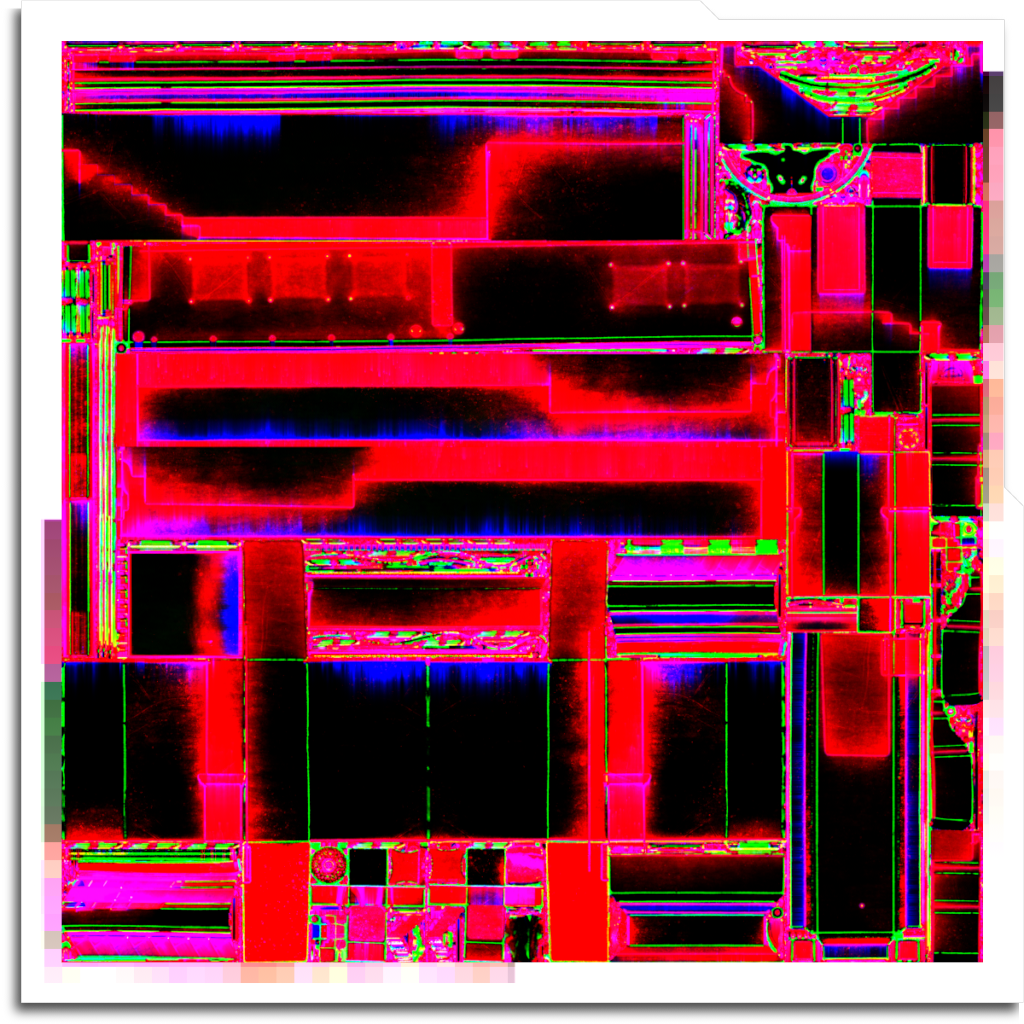
To simplify the massive UDIM tile count into something that could run in 48GB of VRAM, we used a fairly involved layered material / height blend system. An automated tool baked each section of the stands into a set of materials masks – Red for dirt, Green for wear, Blue for rain staining, and Alpha as a material variance mask. We managed a very close match to the VFX final with less than 5% of the texture data.
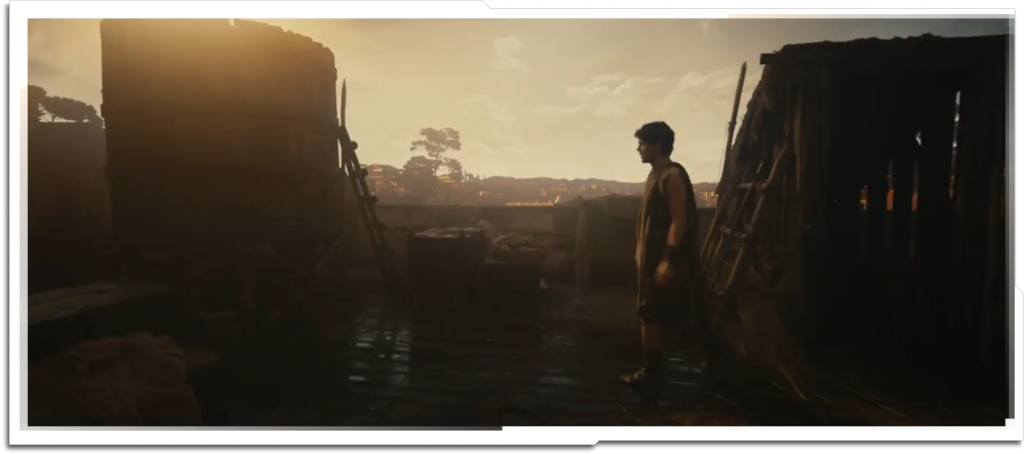
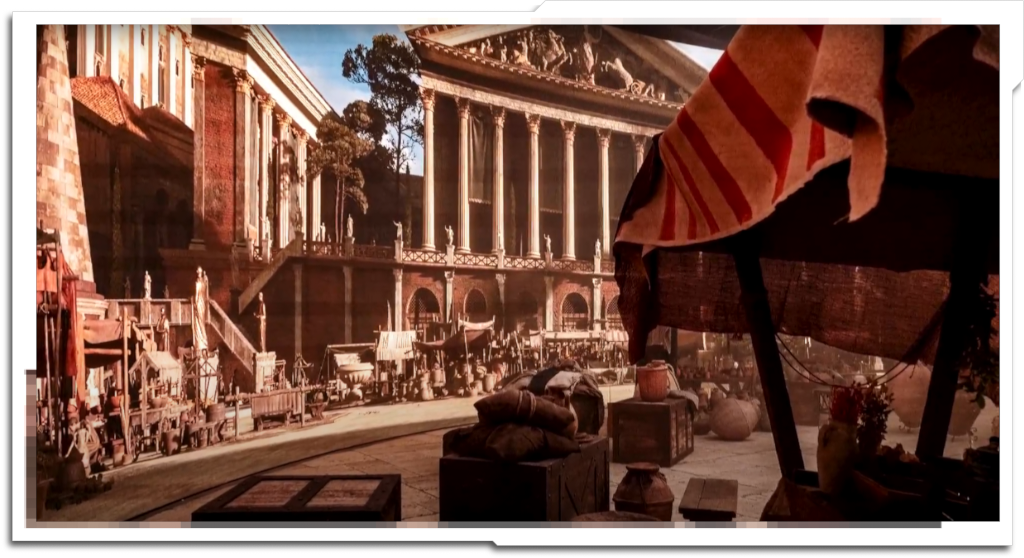
The overall ‘Rome’ asset was inherited from a museum, and had clearly been developed over a long period of time. Some assets were very simple (and pre-PBR), while the main temples were overly complex. The same workflow as the ‘Circus Maximus’ was used to simplify the heaviest buildings, and stop the nanite streaming pool from overflowing.


I was also responsible for final polish and stage delivery of the Colosseum / Ludus Magnus Entrance Environment, as well as the Judean workers camp. This included set dressing, Blueprint control utilities for stage operations, and the usual cleanup/retopo/retexture of the Colosseum itself.

There isn’t a lot of ‘behind the scenes’ material showing the crowd system we developed – but fortunately Dimension have also released a short film called ‘The Bet’ which demonstrates a similar workflow.

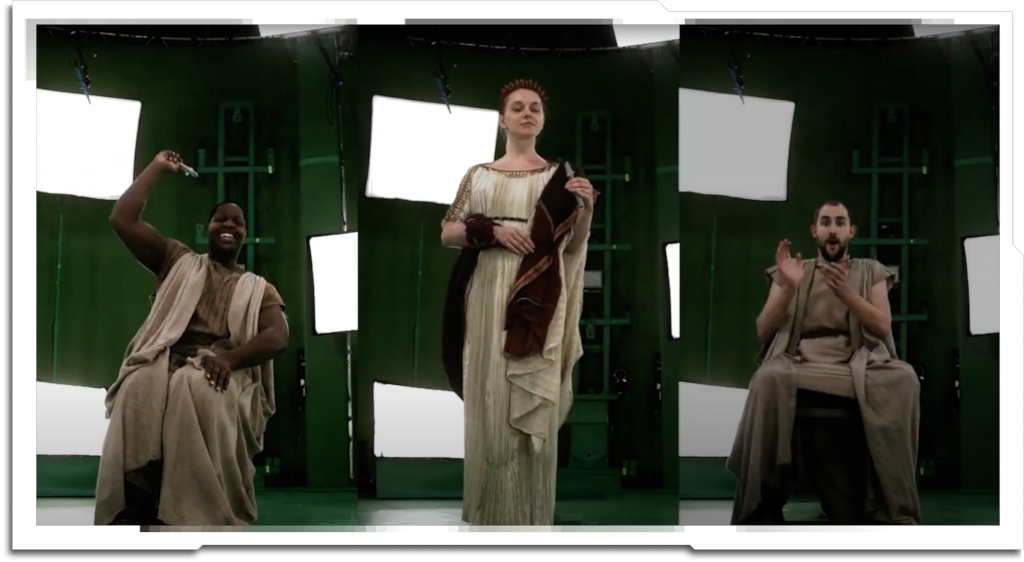
More than 100 extras were recorded at Dimension’s volumetric capture studio, from which 24 looping sequences were created. These were baked to a set of flipbooks, including world normal and depth information. The result was a lightweight crowd setup that would still react to lighting changes, as well shadow correctly.

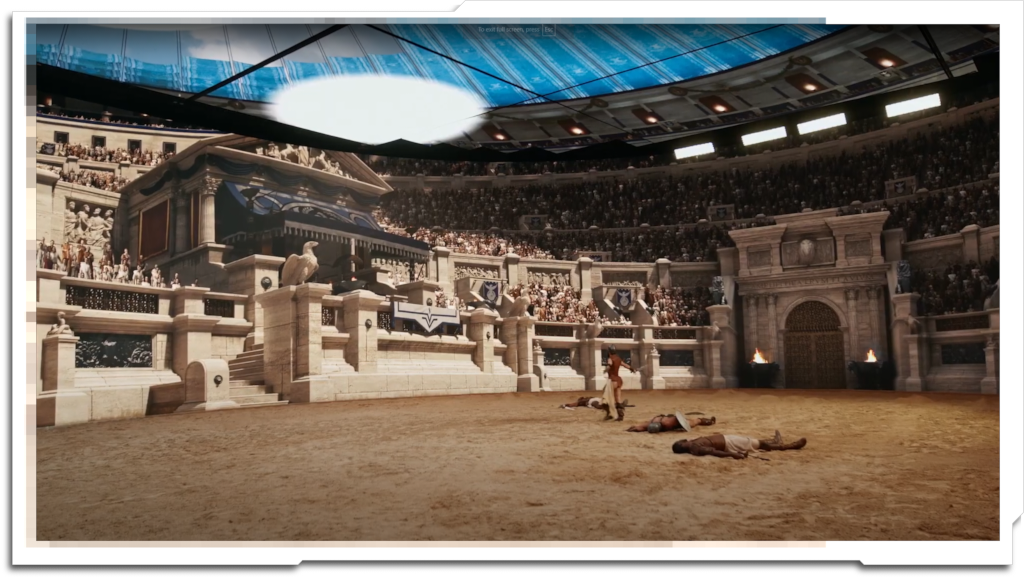
The ‘Circus Maximus’ ended up with around 32,000 virtual crowd actors, while the Colosseum created for ‘The Bet’ had around 80,000. The current limit with this workflow appears to be around 130,000 if the surrounding environment isn’t too heavy.
